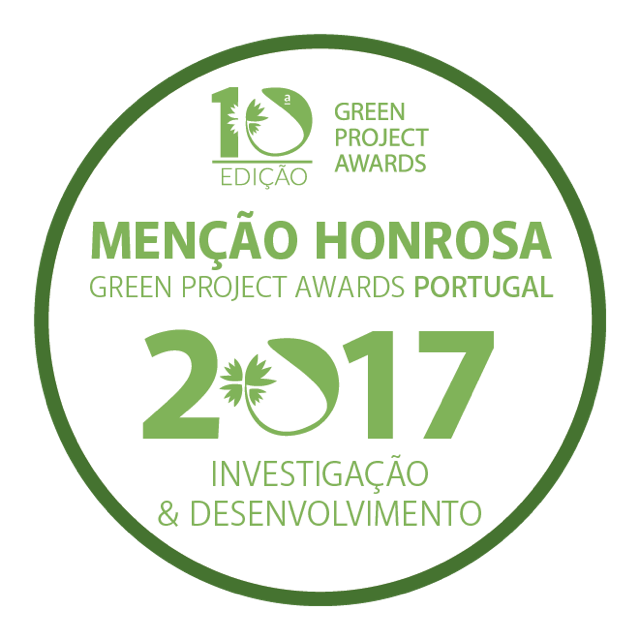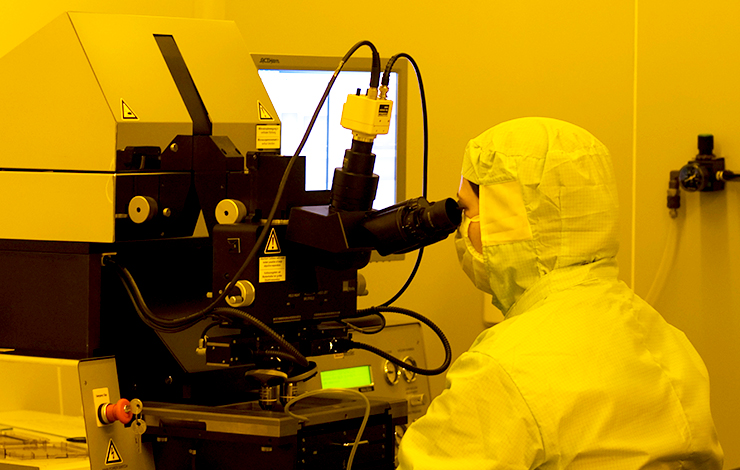


Gilding on glass: New evidence from a 17th century flask found in Portugal
| Title | Gilding on glass: New evidence from a 17th century flask found in Portugal |
| Publication Type | Journal Article |
| Year of Publication | 2016 |
| Authors | b Coutinho I a, Medici T a, Silva RJC c, Gratuze B d, Catarino H e, b Lima A a |
| Journal | Journal of Archaeological Science: Reports |
| Volume | 6 |
| Pagination | 293-301 |
| ISSN | 2352409X |
| Abstract | In the present work, a set of archaeological glass fragments belonging to a singular 17th century glass flask with gilded decoration was sampled and analyzed. The fragments were excavated in Coimbra, Portugal. The main focus of this study is to bring to light the flask production technique, in particular the gilding process, and additionally, to investigate the object's provenance based on the composition of the glass. A comprehensive survey of ancient and traditional glass gilding techniques is also presented.The glass and the gilded areas were characterized using micro energy dispersive X-ray fluorescence spectroscopy (μ-EDXRF), scanning electron microscopy with energy dispersive X-ray spectroscopy (SEM-EDS), X-ray electron probe micro-analysis (EPMA) and laser ablation inductively coupled plasma mass spectrometry (LA-ICP-MS).The flask is made of soda-lime-silica glass and the use of coastal plant ashes is suggested by the relatively high content of MgO and K2O, as well as by the presence of chlorine. The high alumina content excludes a Venetian provenance, and with regard to the contents of Na2O, SiO2, K2O, and CaO, the glass composition is distinct from the façon-de-Venise glasses which have been studied, and only comparable to a few 17th century millefiori glasses, also recovered in Coimbra.Lead was detected in the gilded areas suggesting that a lead based mordant was used in the gilding process to promote the adhesion of the gold leaf to the glass during the low temperature reheating of the object. The gold leaf composition was determined by LA-ICP-MS, and it was possible to ascertain its purity: between 22 and 23 gold carats. © 2016 Elsevier Ltd. |
| URL | https://www.scopus.com/inward/record.uri?eid=2-s2.0-84959353319&doi=10.1016%2fj.jasrep.2016.02.010&partnerID=40&md5=6da442f100755df44daaf9f4aa6cf6d3 |
| DOI | 10.1016/j.jasrep.2016.02.010 |








